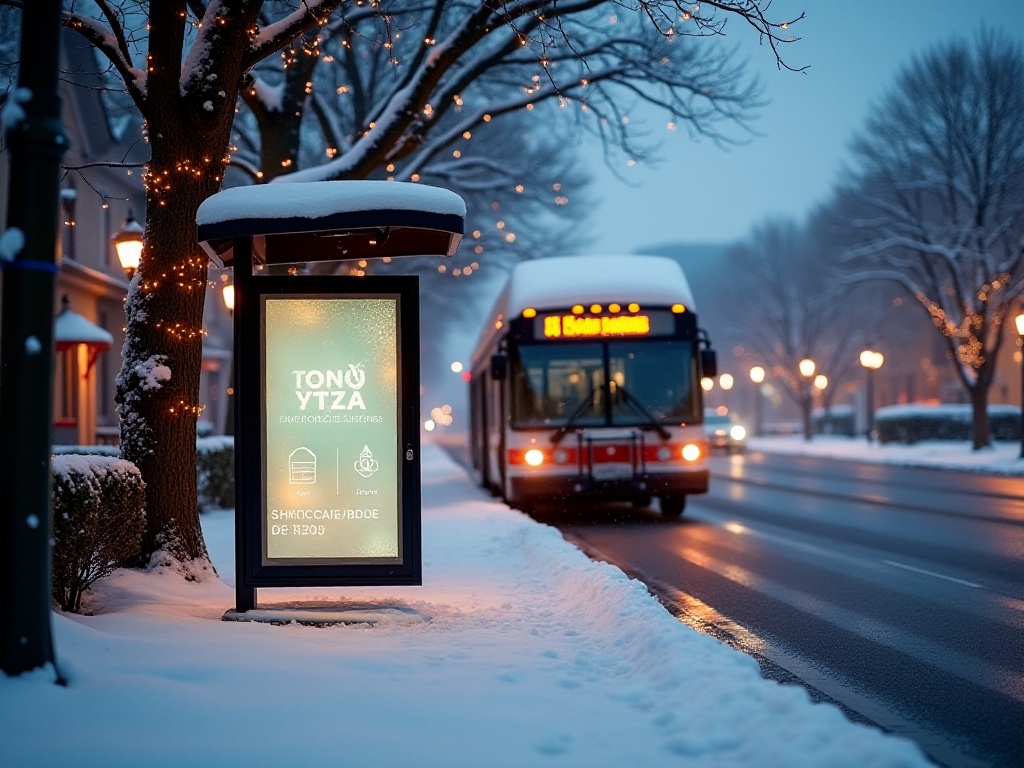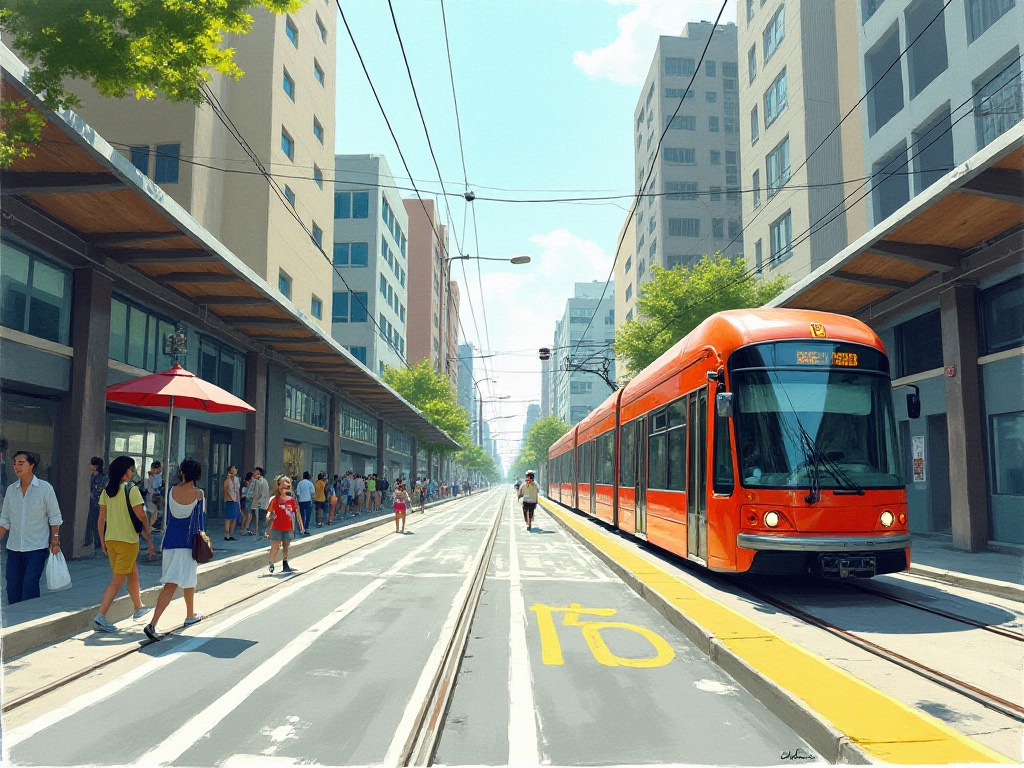First Experience
My first time riding the London Underground remains vivid in my memory. Standing before the vast Underground network map, like many first-time London visitors, I was overwhelmed by the complex maze of lines. Eleven subway lines, like a giant spider web, tightly connect the entire Greater London area.
Did you know? The London Underground is the world's oldest subway system, with over 160 years of history. On January 10, 1863, the world's first underground railway line opened in London - the Metropolitan Line connecting Paddington Station and Farringdon Street. Queen Victoria did not attend the opening ceremony due to safety concerns. However, the opening of this line set a new standard for modern urban transportation.
Station Selection
Having lived in London for so long, I've noticed many tourists make a common mistake: always choosing the nearest tube station. While this seems logical, in London, the nearest station isn't always the best choice.
For example, if you're heading to the British Museum, many guides recommend getting off at Russell Square. However, I suggest considering Holborn Station. Though slightly further, the walk takes you through a street full of bookshops and past one of London's oldest law schools. This walking route offers a chance to experience authentic London neighborhood life.
Ticketing
Regarding tickets, I must address a common tourist confusion: why are London Underground fares so expensive?
Indeed, compared to other European cities, London Underground fares aren't cheap. But understanding London's zone system helps better plan travel costs. Greater London is divided into 9 fare zones, with Zone 1 being the city center, followed by Zones 2-9. I recommend first determining your main activity areas before choosing the appropriate ticket type.
Here are my personal suggestions: - If staying 1-2 days, buy a day ticket - For 3-7 days, consider a weekly pass - If mainly staying in central London, tickets for Zones 1-2 are sufficient - Definitely get an Oyster card for better fare rates
Transfers
Transferring in the London Underground is an art. I once found myself going back and forth between Green Park and Victoria stations several times simply because I hadn't properly studied the transfer routes.
King's Cross Station is arguably the most challenging transfer station. This station connects six tube lines and handles over 200,000 passengers daily. My advice: always check the signage before transferring, especially those indicating walking times. Sometimes taking a longer corridor is faster due to fewer people.
Peak Hours
The London Underground's rush hours are truly memorable. The busiest periods are 7:30-9:30 AM and 4:30-6:30 PM daily. According to Transport for London data, during these times, some lines can reach crowding levels of 4-5 people per square meter.
I remember once riding the Northern Line during morning rush hour - an unforgettable experience. People were packed like sardines, making it difficult even to check your phone. Therefore, I suggest:
- Avoid traveling during morning and evening rush hours
- If you must travel during peak times, try to board at line starting points
- Pay attention to the "Mind the Gap" announcements on platforms - it's not just a slogan but a safety reminder
Etiquette
There are some interesting unwritten rules in the London Underground. For example:
- Stand on the right on escalators, leaving the left side for those in a hurry
- Avoid loud conversations or phone calls in carriages
- Offering seats to those who appear unwell is appreciated
- Let passengers exit before boarding
These etiquette norms reflect the British way of life. Although London is an international metropolis, maintaining appropriate restraint in public remains a mainstream value.
Unique Features
Each London Underground station has its own characteristics. My favorite is Baker Street Station, with its Sherlock Holmes-themed decorations. The platform walls feature tile mosaics of Holmes' silhouette and his iconic pipe.
Westminster Station is another memorable one. Its design is very modern, with exposed metal structures creating a futuristic feel. Every time I pass through, I'm reminded of the perfect blend of old and new in this city.
Contingency Planning
Living in London long enough, you'll discover the tube system occasionally has issues. According to TfL statistics, there are typically 2-3 major line failures or maintenance issues per month. When this happens, I recommend:
- Following TfL's official app for real-time operation updates
- Familiarizing yourself with alternative routes, such as bus lines
- Allowing extra time, especially for airport trips or important appointments
I remember once heading to Heathrow when the Piccadilly Line suddenly broke down. Thankfully, I knew alternative routes and switched to the Elizabeth Line - though it was a detour, I still made it to the airport on time.
Recommendations
After years of experience, I've compiled some practical tips:
- Download offline tube maps for reference without internet
- Avoid tourist season weekends when stations near attractions get extremely crowded
- Keep some cash handy, though most stations accept cards
- Remember key transfer stations, such as:
- King's Cross (6 line intersection)
- Victoria (3 line intersection)
- Oxford Street (3 line intersection)
Reflections
Each tube ride brings new discoveries. It's not just a transportation system but a living history witnessing urban development. From Victorian steam trains to modern automated systems, the London Underground carries this city's memories and dreams.
Have you noticed how everyone in the tube is part of this city? Whether suited financial professionals or art students with sketchbooks, we share this space, weaving London's daily life.
Next time you're on a London Underground platform, take a moment to observe your surroundings. You might find it's not just a transport hub but a window into London's soul.
So, are you ready to explore the charm of the London Underground? Trust me, it will be an unforgettable journey.




